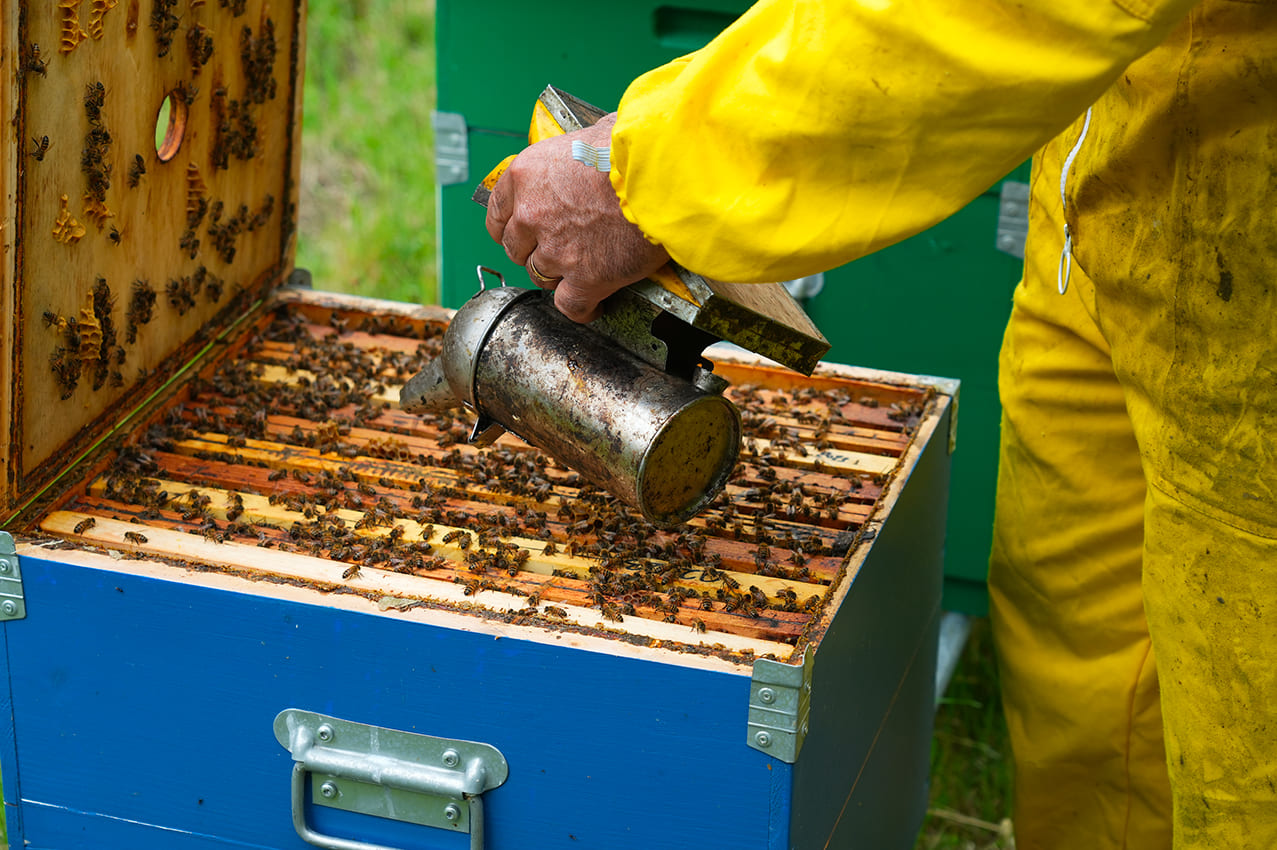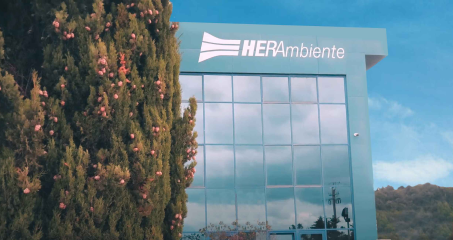Hera, at Frullo waste-to-energy plant 180 thousand bees will monitor environmental quality
20/05/2024
The “Capiamo” biomonitoring project arrives at the Granarolo plant, examining the production and well-being of three beehives to gain more information than normal emission controls in the surrounding area

There are 180,000 sentinels in charge of monitoring the quality of the environment, they do not wear uniforms and are on duty 24 hours a day at the Hera Group's Frullo waste-to-energy plant, located in Granarolo dell'Emilia, in the province of Bologna: they are the bees of “Capiamo,” the voluntary biomonitoring project activated by the company Frullo Energia Ambiente (FEA), a subsidiary of Herambiente, Italy's leading operator in the environment sector, in collaboration with Apicolturaurbana.it, a company specializing in biodiversity projects and environmental education. The project aims to acquire additional information to that of the normal regulatory controls, to add an extra level of safety on emissions in the area surrounding the plant.
“This project is an additional element of environmental safety and is also a tool for transparency and confrontation with the community, because we will make all the results public,” says Andrea Ramonda, CEO of Herambiente. “This is an action that has already been satisfactorily tested at other Herambiente plants, such as the waste-to-energy plants in Padua and Pozzilli (Isernia) and is perfectly in line with the values of sustainability and respect for the environment on which our work is based".
Integrative monitoring in addition to normal environmental controls
The operation of the waste-to-energy plant requires a comprehensive set of controls required by industry regulations and the Integrated Environmental Authorization, including stack emission parameters, which moreover are published in real time at www.ha.gruppohera.it. The three beehives placed inside the plant will complement the analyses already in the field, with extremely valuable substantive information, on the surrounding environmental quality. Thanks to “Capiamo,” it will in fact be possible to study and assess the possible presence in the environment of pollutants such as pesticides, heavy metals, polycyclic aromatic hydrocarbons, dioxins and polychlorinated biphenyls.
Bees perfect hunters of environmental matrices
The choice of bees as environmental sentinels derives from their characteristics, which are in many ways unique and particularly suitable for biomonitoring. They are, first of all, easy-to-breed and so-called social insects. That is, they live in numerous and highly mobile colonies across the territory; therefore, they come into contact with a huge number of very different environmental matrices. Suffice it to say that a foraging bee (deputed, that is, to collect nectar) visits an average of 2,000 flowers per day. Added to these are water in various forms (puddles, rivers, dew, etc.), tree resin and, of course, air. Substances in the environment then accumulate within the hive, on the bees themselves and their products (bee bread, wax and honey), making it quick and easy to retrieve highly representative samples for analysis.
Bees are very sensitive to environmental changes caused by pollutants and can therefore signal early (e.g., through productivity levels or possible mortality) the onset of imbalances to biodiversity, the ecosystem, and human health, allowing corrective actions to be identified.
Granarolo industrial zone biomonitoring: 40 million flowers visited per day. Results in the fall
The bees living in the three beehives at the waste-to-energy plant, which house about 60,000 bees each, have already begun their work a few weeks ago. Moving within a 3-4 km radius of the plant, they cover about 2,800 hectares, visiting approximately 40 million flowers a day.
By June, an initial sampling will be conducted on foraging bees (to assess pollutants in the down and any behavioral abnormalities) as well as on bee cake, the hive's first product. After the summer, monitoring will be repeated, extending the analysis to beeswax and honey.
Each analysis will be conducted at accredited laboratories, using certified methods, and will feed into a report that will be published in early 2025, the year in which the biomonitoring project will also be repeated identically to allow full comparability of the data collected.
“The Capiamo project was born five years ago and has a twofold objective: to monitor the environment around our waste treatment plants and to encourage biodiversity. All of this is done through bees,"explains Katia Gamberini, head of Permitting and Monitoring at Herambiente", a very important bioindicator thanks to their daily activity that allows them to come into contact with all environmental matrices".
Learn more about the CAPIAMO project by clicking here.

